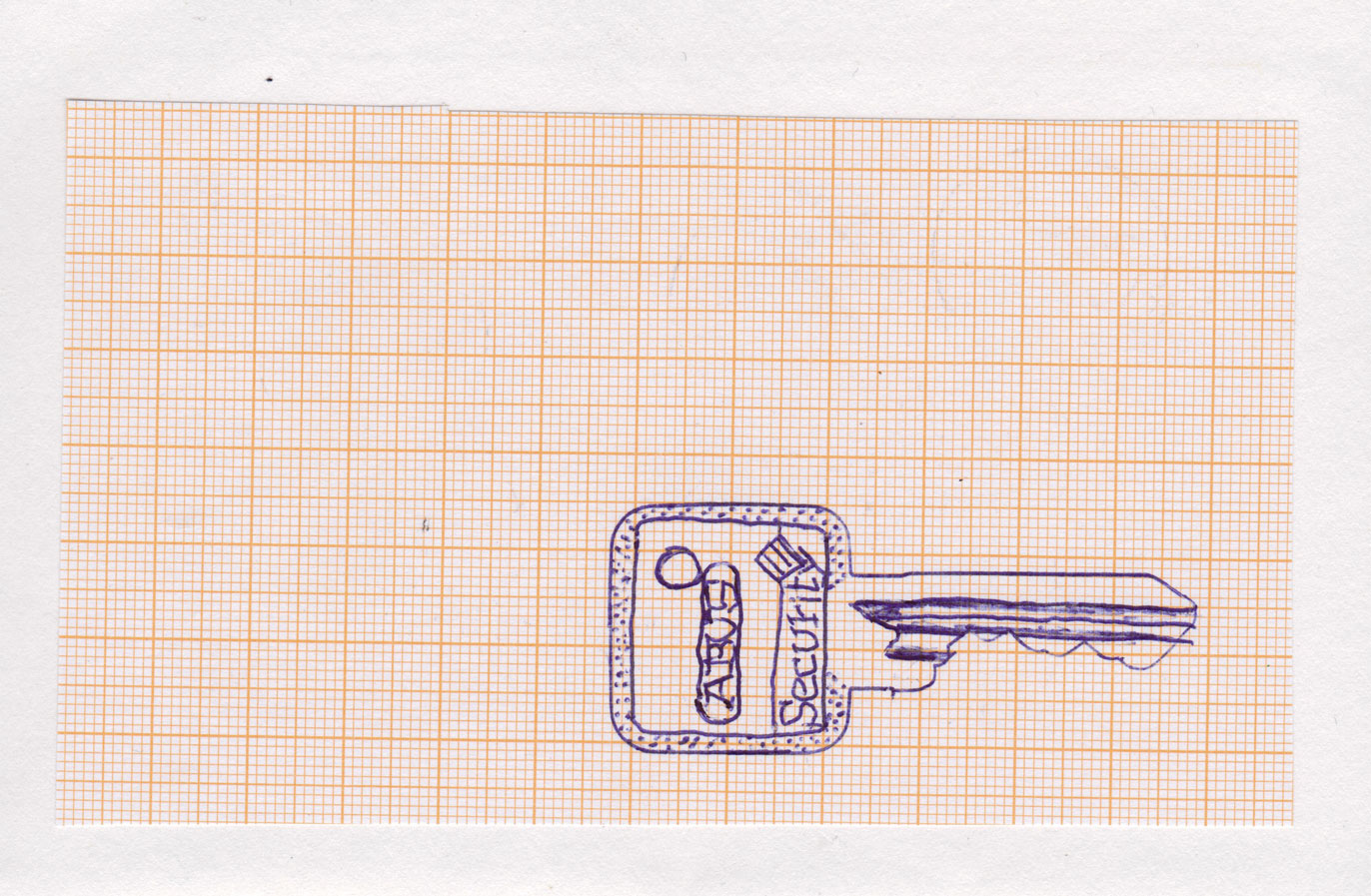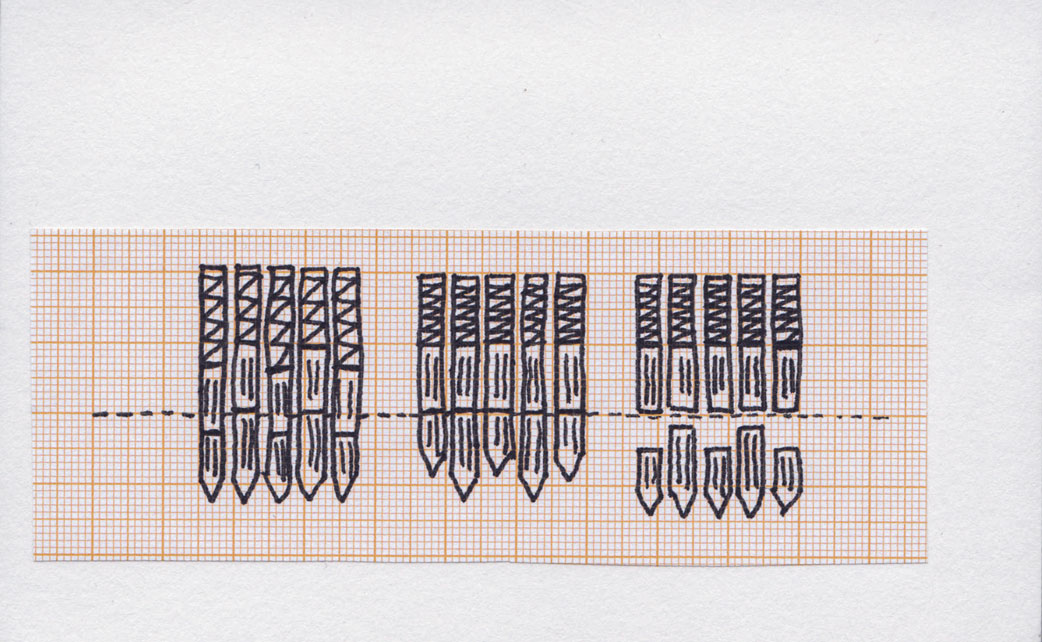Countermovements


Three movements:
Accessing
Enclosing
Locking up
Three movements, which at the same time form a recurring pattern of action, serve as the basis for this text. They are the foundation of an axiomatic narrative of security. A space is constituted and immediately organized. This organization is based on the assertion of closure.
This text is an attempt to trace the course of the pattern of action, but in countermovements:
Locked up?
Accessing
Unlocking
Locked up?
A key is a movement turned into a form.
A materialized sequence of ups and downs.
A key is the answer to a question.
A key is a privilege.
A key is no heritage.
A key is useless without the lock.
A key is an unsafe secret.
A key is very easy to copy.
A key is still not enough.
Accessing
What is a lock without a key?
Who or what is locked up?
What can you hear through the keyhole?
How quickly does a key break off?
What or who is unlocked?
What is the key for access?
Where is the spare key?
Unlocking
The big secret of lock picking is that it's easy. Anyone can learn how to pick locks.
Lock picking is the art of unlocking a lock by creating the balance of the metal pins without a key.
It is the act of carefully manipulating one pin at a time for the expressed purpose of duplicating the action of the proper cut key in a given cylinder, by something other than the proper cut key it.
Use a wrench tool to put tension on the lock. Use only the lightest amount of pressure necessary to turn the lock. Any more, and you make the lock work against you instead of for you.
Use a pick tool to address each pin inside the lock, lift it until it reaches the gap between plug and hull.
To pick a lock you need feedback about the effects of your manipulations. To get the feedback you must train yourself to be sensitive to the responses of the lock.
But don't force a concentration on the lock. Try to ignore the sensations and thoughts that are not related to the lock. Don't try to focus on the lock. Focus on your skills of sensitivity, not on opening the lock.
___________
Photo Credits:
key logging (ongoing), 2018, pencil, paper, (metal). Courtesy FLW.
Abgeschlossen?, Erschließen, Aufschließen, 2019, pencil, paper. Courtesy: FLW.
Fritz Laszlo Weber is currently producing a loose series of works engaging critically with the key as the coat of arms of Bremen, understood as a key without a lock, and lock picking, understood as techniques for a lock without a key. A first radioplay was published on the compilation Transparencies (RAW[0.4,y,0.75]) by Research and Waves.
Parts of this text are modified excerpts from the highly recommended instructions by Theodore T. Tool The M.I.T. Guide to Lock Picking, of which various versions have been circulating since 1987. The instructions are originally in English, the rest of this text has been translated from German.

